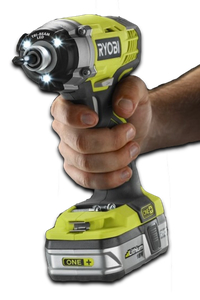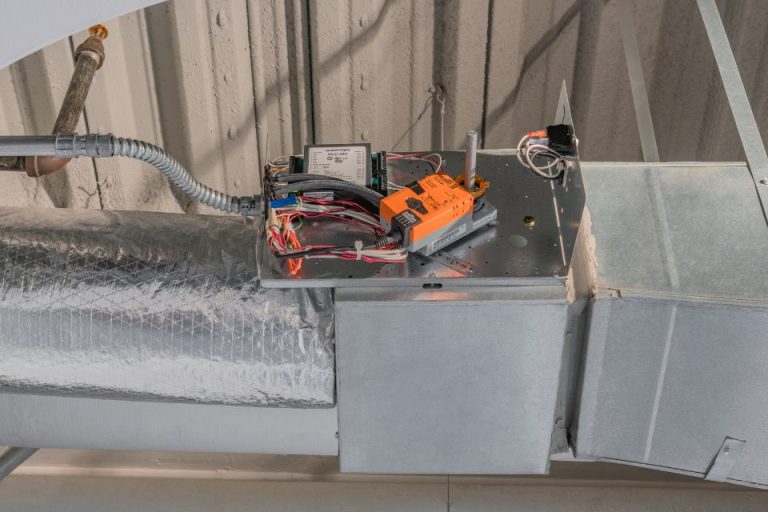Pozidriv vs Phillips: What’s the Difference?
Pozidriv vs Phillips: What’s the Difference?

Have you ever tried to use a ‘crosshead’ screwdriver on a crosshead screw and found that, to your frustration, the screwdriver is slipping?
The reason could be because there are two different types of crosshead screws which look similar, but are actually different. The two types are the Pozidriv and the Phillips.
So what’s the difference between them?
The difference between Phillips and Pozidriv
This image shows the sutble difference between a Phillips and a Pozidriv screw head.
Phillips screw heads are designed so that the Phillips screwdriver will cam-out (slip) if too much torque (power) is applied. The reason is that this prevents the risk of the screw head being twisted off by a power tool. This can be helpful, because if the head breaks off, a screw is very difficult to move.
Pozidriv screws, on the other hand, are designed specifically so that the screwdriver head does not cam-out.
Phillips screwdrivers fit in Pozidriv screws, and can turn them. However, they are liable to slippage, and can damage the screw.
Pozidriv screwdrivers, on the other hand, do not fit Phillips heads. If you try, you’ll probably fail, and you’ll probably damage your screw.
How to instantly identify a Phillips vs Pozidriv screw head
The easiest way to know whether a screw is Phillips or Pozidriv is that all Pozidriv screws have lines etched the screw head in-between the four arms of the cross. This visual aid means that you can instantly recognise a whether a screw is a Pozidriv or not. You can also see the difference between a Phillips screwdriver and a Pozidriv, as the latter has the ridges.
Conclusion
To prevent slippage and damaging of screws, you should only use a Phillips head screwdriver on a Phillips head screw, and you should only use a Pozidriv screwdriver on a Pozidriv screw.
Browse our huge range of screws for all your construction and DIY needs at Shop4Fasteners.


